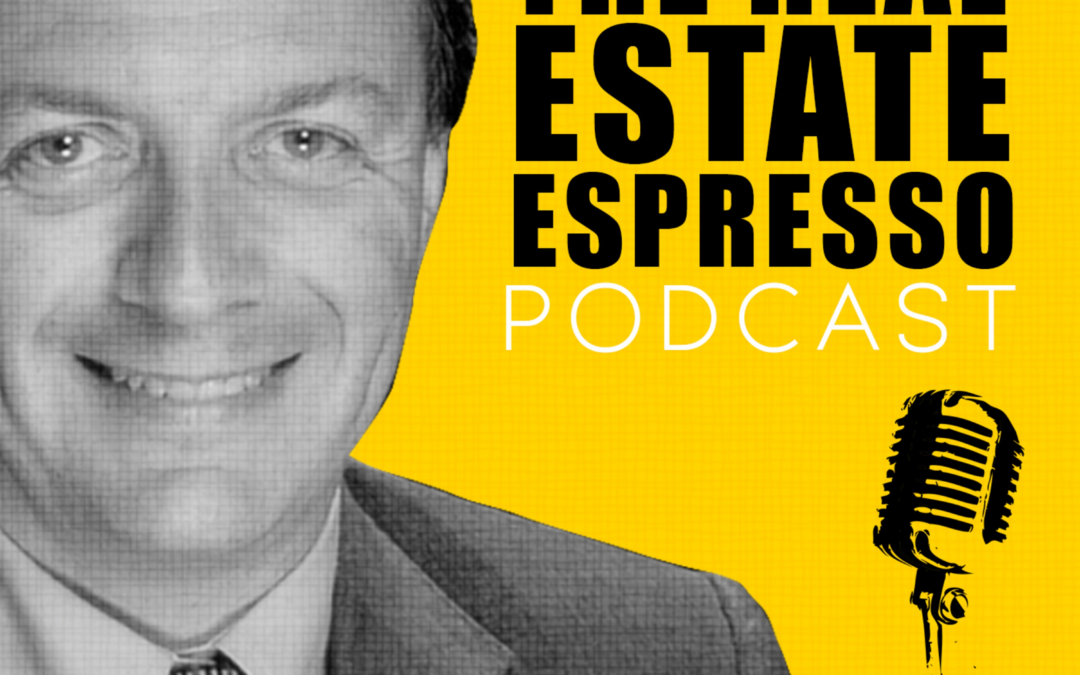On today’s show we’re talking about how feedback delays affect speed of decision making.
Today’s show is an explanation of how control systems operate. We’re going to start with a pretty simple control system that most of us are familiar with. Imagine you’re behind the steering wheel of a car. In fact, some of you are probably in your car as you’re listening to this. When you turn the wheel to the left, the car goes left. Turn the wheel right, and the car performs as expected. The delay between turning the steering wheel and the effect on the direction of the car is pretty short. It’s well under one second. It feels pretty instantaneous. Imagine for a moment that instead of that instant response, there was a two second delay. You turn the steering wheel, and two full seconds go by. one one thousand, two one thousand, and then the car starts its turn. Think about how much more difficult it would be to make driving decisions if there was just a two second delay. Now extend that delay to 10 seconds. How much more difficult would it be if there was a 10 second delay between making the decision to turn the car and you starting to see the effect of your decision. Hopefully you’re getting the idea. I’d like you to keep that idea in the back of your mind.
We’re going to apply that same concept to the control system that is steering our economy. Specifically, the impact of government decisions to increase or relax social isolation regulations. This is another control system, just like steering a car.
If you turn the wheel to the right, you have more social isolation, you reduce the spread of the disease. If you turn the wheel to the left you have less social isolation, the disease spreads more quickly.
The government is monitoring data coming from the testing that’s happening all over the country. They are seeing the number of reported cases increasing. They’re looking at the number of people being admitted to hospital. All of this data is being used to make a decision on how strict an isolation policy is required to stop the spread of the pandemic.
So the question is, do they need to impose a stricter social isolation policy? The economic damage that results from a complete shutdown is extremely painful and there is not consensus among the population that a full lockdown is warranted.
So let’s figure out how government officials can even hope to make a decision before seeing the effect of that decision.
The incubation period of Covid-19 is averaging about 7.7 days. That’s the amount of time between someone contracting the disease and the onset of symptoms. If you get tested, you will get your results in about 4 days. You’re now at 11 days. It takes a while for symptoms to worsen. So you’re at another 10-12 days before being admitted to hospital and then another few days before being admitted to intensive care. On average, we’re at three weeks from infection until someone ends up in hospital. The average hospital stay for Covid 19 is 23 days. So let’s add this all up. We’re looking at an average of 44 days from the time someone catches the disease until they get released from hospital or they die.
So in order for a trend to establish itself, you need to wait nearly double the delay before you have a visible trend resulting from the decision. That’s a total of 88 days for government to gather enough data before they make a second decision. So let’s say that on day 1, they see case numbers creeping up to unacceptable levels. Government officials make a decision to turn right to shut down the economy. It’s going to take another 44 days for the first effect of that decision to show up.
Based on these simple facts, it’s no wonder that governments are over-steering in their attempts to control the pandemic. It would be impossible not to. Once they make a decision to increase social isolation, their next decision is at least 88 days away.



